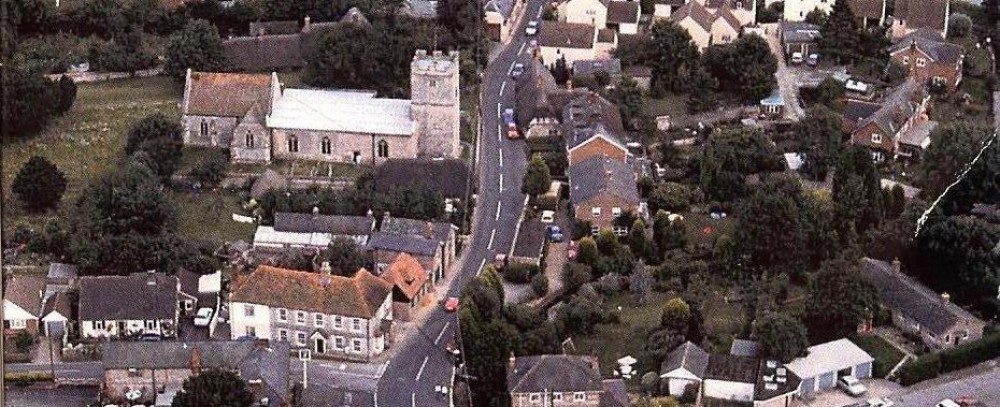Andover Advertiser 30th October 1914
FOR KING AND COUNTRY – After passing the cross roads at
Chapmansford, the first block of two cottages on the road to Hurstbourne
Priors has peculiar interest to the passer by. Each has sent its manhood to
fight for King and country. From the first cottage Charles James Knight has
gone with the 1st Wiltshire Regiment, and has not been heard of for a
fortnight.
In the next cottage live the wife and two children of William John
House, 1st Wiltshire Regiment, who was wounded on 9th September in the
battle of Chesny, taken prisoner, and now lies in the Royal Reserve Hospital
in Potsdam, about 18 miles from Berlin.
Mr House went through the biggest part of the Boer War, and helped to capture Piet Cronje, the Transvaal General, who, after a skilful and determined resistance to Lord Methuen at Magersfontein, surrendered with 4000 of his army to Lord Roberts on the
Modder river on 27th February 1909. Mr House obtained the South African
medal, which his wife shows with pride.
On the declaration of war last August Mr House went to Devizes, the depot of the 1st Wiltshires, saying that it was his duty to go, although it was a sore wrench to leave his wife and children. He went with his regiment from Tidworth, his wife received a note from him saying that he had landed safely, and a few days afterwards he appears to
have been wounded in the arm at the battle of Chesny.
Mrs House received the intimation as to her husband’s whereabouts from the American Embassy not having heard from her husband after he intimated his safe landing,
although she has written to him each week. Mr House has two brothers who
are with the navy in the North Sea, and his youngest brother (19 years of
age) is in the Territorials.
The First Wiltshires
At the start of World War I, the Wiltshire Regiment, like most of the rest of the British Army, consisted of two regular battalions (1st and 2nd), a reserve battalion (3rd), and a Territorial Force battalion. Eventually, the Wiltshire Regiment expanded to ten battalions, seven of which served overseas.[30] These included three additional Territorial Force battalions (1/4th, 2/4th, and 3/4th Battalions) as well as four service battalions (5th, 6th, 7th, and 8th battalions) formed for the Kitchener Army formations.[30]
Regular Army battalions
Upon mobilization and declaration of war, the 1st Wilts deployed to France as part of the 3rd Infantry Division‘s 7th Brigade, landing in France on 14 August 1914. The 1st Wilts remained with the 3rd Division until the 7th Brigade was transferred to the 25th Division on 18 October 1915. The 1st Wilts served with the 25th Division until was transferred on 21 June 1918.[31] On 21 June 1918, the 1st Wilts joined the 110th Brigade, part of the 21st Division, with which it served for the rest of the war.[30]

